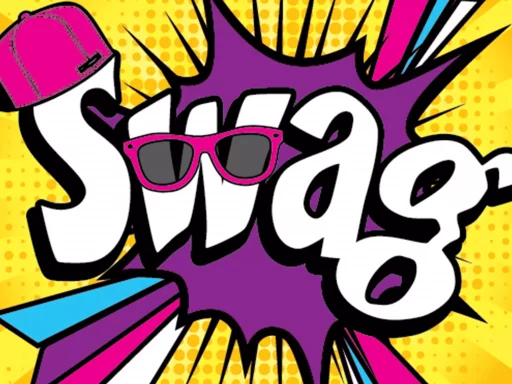Introduction to Ratio Slang
The term “ratio” has evolved in the digital age, particularly on social media platforms like Twitter and TikTok. Originally rooted in mathematical expressions, the slang term has developed a unique meaning in online discourse. This article explores the meaning of “ratio” in the context of social media, its implications for discussions, and how it shapes online interactions.
The Meaning of Ratio Slang
In the world of social media, to “ratio” someone means that their reply or comment has received significantly more engagements, such as likes, retweets, or replies, than the original post to which they are responding. This indicates that the response is more favorable or popular among users compared to the original content.
- Engagement: The ratio of interactions can highlight the sentiment surrounding a particular opinion, where a high ratio suggests many users disagree with the original statement.
- Public Disagreement: A response that ratios the original post often denotes a public rebuttal or critique, encapsulating a shift in popularity toward the reply.
Origins and Evolution
The slang term “ratio” emerged from mathematical jargon that describes the relationship between two numbers or quantities. Its contemporary use in social media gained traction around 2020. Users began to utilize the term as a badge of honor when their replies outperformed the original tweets or posts, effectively challenging the credibility or popularity of the original content creator.
Examples of Ratio Slang in Action
Understanding the practical use of ratio slang is easier through examples:
- Original Post: “I think pineapple belongs on pizza!”
- Reply: “Pineapple on pizza is a culinary crime!” (This reply receives 500 likes while the original post generates only 200, leading to it being termed \”ratioed\”.)
Another example could be during heated debates on political issues:
- Original Tweet: “Voting is overrated and doesn’t change anything.”
- Critical Reply: “This shows a complete lack of understanding of democracy!” (With the reply receiving 1,200 retweets compared to the original’s 300.)
The Impact of Ratio Slang
The effect of ratio slang transcends mere wordplay, influencing how discussions unfold on social media. Here are several ramifications of this slang:
- Amplifying Voices: The ability to ratio an original post provides visibility to dissenting opinions, empowering users who feel marginalized.
- Misinformation Challenge: Ratioed posts can signal to the audience when false or misleading information is being shared, allowing for swift correction and debate.
- Trends and Movements: Many social movements leverage the concept of ratio as a way to highlight public dissent, rallying support for differing viewpoints.
Case Studies: The Power of Ratio
To analyze the effectiveness of ratio slang, consider two notable case studies from social media interactions. In 2021, a viral tweet by a corporate account promoting a new product was met with considerable backlash, accumulating numerous responses that ratioed the promotion. The backlash resulted in a significant reconsideration of the campaign and led to a successful rebranding effort.
Another instance involved a controversial political figure. When they tweeted a divisive statement, responses quickly began to accumulate engagements that overwhelmingly outpaced the original tweet. This ratio drew attention to the differing public sentiment, leading to widespread media coverage and increased scrutiny over the individual’s actions.
Statistics on Social Media Interactions
Recent studies have shown that posts which are ratioed tend to spark more conversations. According to a 2022 study by the Digital Engagement Institute:
- Over 65% of ratios lead to follow-up threads discussing the topic.
- Posts that garner a ratio of more than 2:1 are 80% more likely to go viral.
- Engagements on ratioed posts can lead to increases in followers for users who reply effectively.
Conclusion
In summary, the concept of ratio slang has significant implications for online discourse, reflecting public sentiment and user engagement in real-time. It serves not only as a metric of popularity but also as a tool for shaping and challenging narratives. As social media continues to evolve, so too will the language and nuances surrounding how users communicate and respond to content.






